A tawa pan is a variety of cooking pan or griddle utilised frequently in Indian and South Asian cuisine. It resembles a circular, flat-bottomed sauté pan and is usually made of cast iron, carbon steel, or aluminium.
Tawa pans are available in different shapes and sizes, allowing for the cooking of varying quantities of food at once. They are compatible with gas, electric, and open flame stovetops.
A tawa pan is known for its excellent heat retention and as well as even heat distribution, which are essential for producing the best results when preparing flatbreads. A tawa pan is often preferred for its ability to create the characteristic charred spots and slightly crispy texture on the bread.
In addition to cooking flatbreads, tawa pans can also be used for other purposes, such as shallow frying, toasting spices, cooking pancakes or crepes, searing meats, and more. They are versatile kitchen tools commonly found in Indian and South Asian households and are valued for their efficiency and functionality in traditional cooking methods.
What is a Tawa Pan?
The tawa pan has a wide, flat cooking surface without raised edges. Its primary role is to cook flatbreads such as roti, paratha, chapati, naan, dosa, and so on. The flat surface allows for direct contact with the dough, promoting even cooking and achieving the desired texture and color.
Uses of a Tawa Pan:
- A tawa pan, also known as a tawa skillet, is a versatile cookware in Indian and South Asian cuisine. Here are some common uses of a tawa pan:
- One of the primary functions of a tawa pan is to cook various varieties of flatbreads, including roti, chapati, paratha, naan, dosa, and uttapam. The tawa's flat and expansive surface allows for uniform heating and the attainment of the desired texture and colour.
- Tawa pans are suitable for cooking crepes, cheela, and pancakes. The tawa's smooth surface assures even heat distribution, allowing you to cook pancakes and crepes to perfection.
- A tawa pan can easily be used to sear meats, fish, and poultry. The tawa's expansive cooking surface and superior heat retention aid in producing a flavorful sear. They are also appropriate for shallow-frying vegetables or items such as cutlets or fritters.
- A tawa pan is beneficial for toasting spices as well as dry roasting nuts, seeds, and whole spices. The even distribution of heat aids in releasing the spices' flavours and aromas and attaining the desired level of roasting.
- A tawa pan can be utilised for grilling vegetables, particularly smaller or sliced portions. The flat surface permits direct contact with the heat source, resulting in a flavour that is faintly charred and smoky.
- A tawa pan can also be used for reheating and warming meals. The large surface area is suitable for multiple servings, making it easy to keep food heated prior to serving.
- A tawa pan provides versatility in the kitchen. It can also be used for a variety of other culinary techniques, including stir-frying, sautéing, and preparing omelettes, among others.
- A tawa pan is prized for its expansive cooking surface, uniform heat distribution, and adaptability when preparing a variety of dishes.
Tawa Pan Material:
Tawa pans are made from a variety of materials. The common materials used for making tawa pans include:
- Cast Iron: Traditional tawa pans are generally made of cast iron, which is primarily known for its superior heat retention and unbeatable heat distribution. They are durable, long-lasting, and provide a natural non-stick surface when seasoned properly. You can find the best cast iron tawa pan here.
- Non-Stick Coating: There are tawa pans available with a non-stick coating, usually applied over an aluminum or stainless steel base. Non-stick tawas are convenient for cooking as they require less oil and are easier to clean. You can find the best non-stick coated tawa pans here.
- Stainless Steel: Tawa pans made of stainless steel are less common but still available. Stainless steel tawas are durable, resistant to corrosion, and easy to clean. Check out the best stainless steel tawa pan in India here.
How Is A Tawa Pan Different From Other Pans?
Tawa pans have distinct characteristics that set them apart from other types of pans. Here are some key differences:
- Shape and Size: Tawa pans have a flat, circular shape with a wide cooking surface and minimal or no raised edges. This design allows for cooking flatbreads and other foods that require direct contact with the hot surface. In contrast, other pans may have different shapes and sizes, such as round, square, or rectangular, and may feature higher sidewalls for tasks like sautéing, frying, or simmering.
- Cooking Techniques: Tawa pans are primarily used for cooking flatbreads, pancakes, crepes, and searing meats. They excel at dry heat cooking methods like griddling or toasting. Other pans are designed for a broader range of cooking techniques, such as sautéing, boiling, deep-frying, baking, or braising.
Is Tawa Pan Important?
A tawa pan is essential for cooking traditional flatbreads like roti, chapati, paratha, naan, dosa, and more. In fact, it is one cookware that adorns every Indian kitchen coutntertop. The flat and wide surface of the tawa allows for direct contact with the dough, resulting in even cooking, achieving the desired texture, and imparting the characteristic flavors.
A tawa pan offers versatility in the kitchen beyond flatbread cooking. It can be used for making pancakes, crepes, cheela, searing meats, grilling vegetables, toasting spices, and shallow frying. Its wide cooking surface and even heat distribution make them adaptable to various cooking techniques.

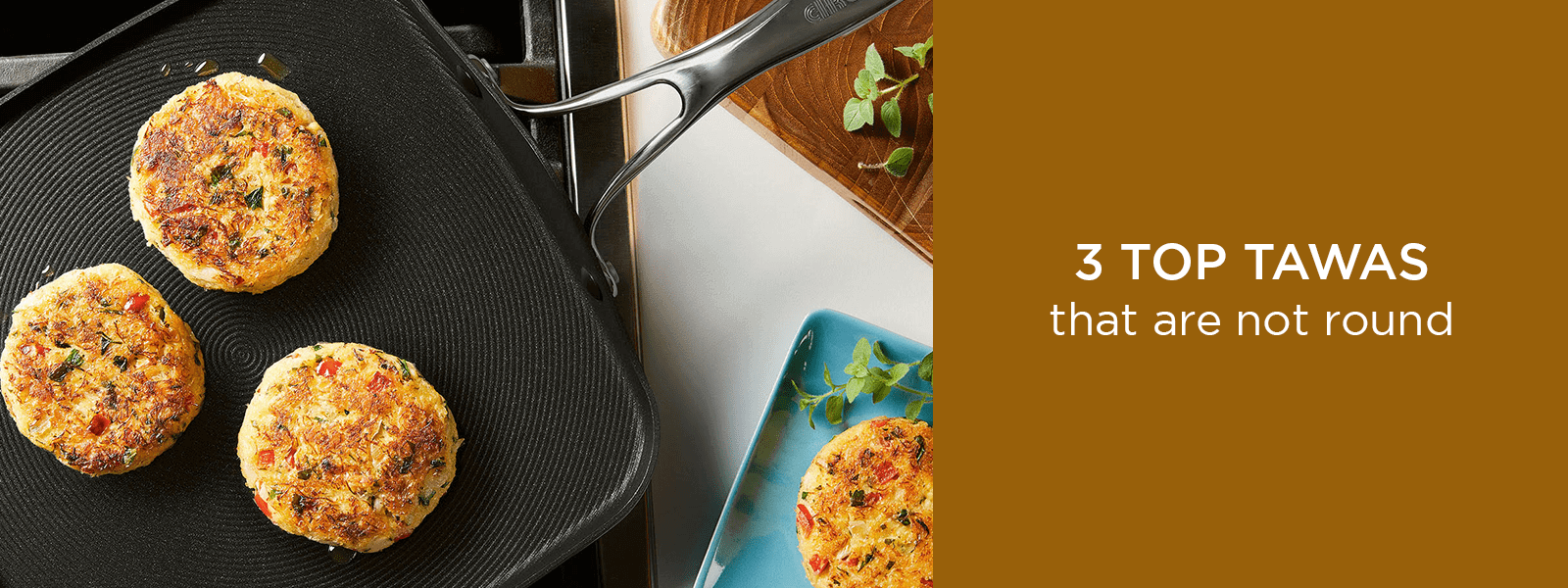
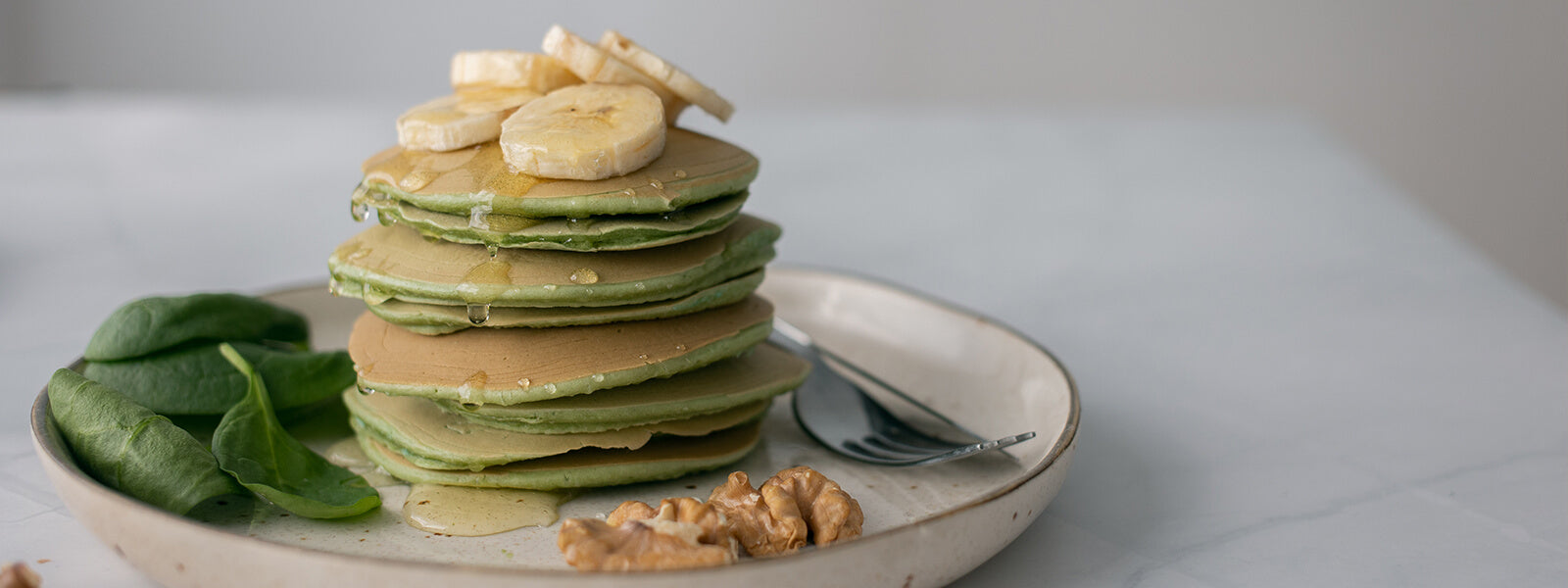
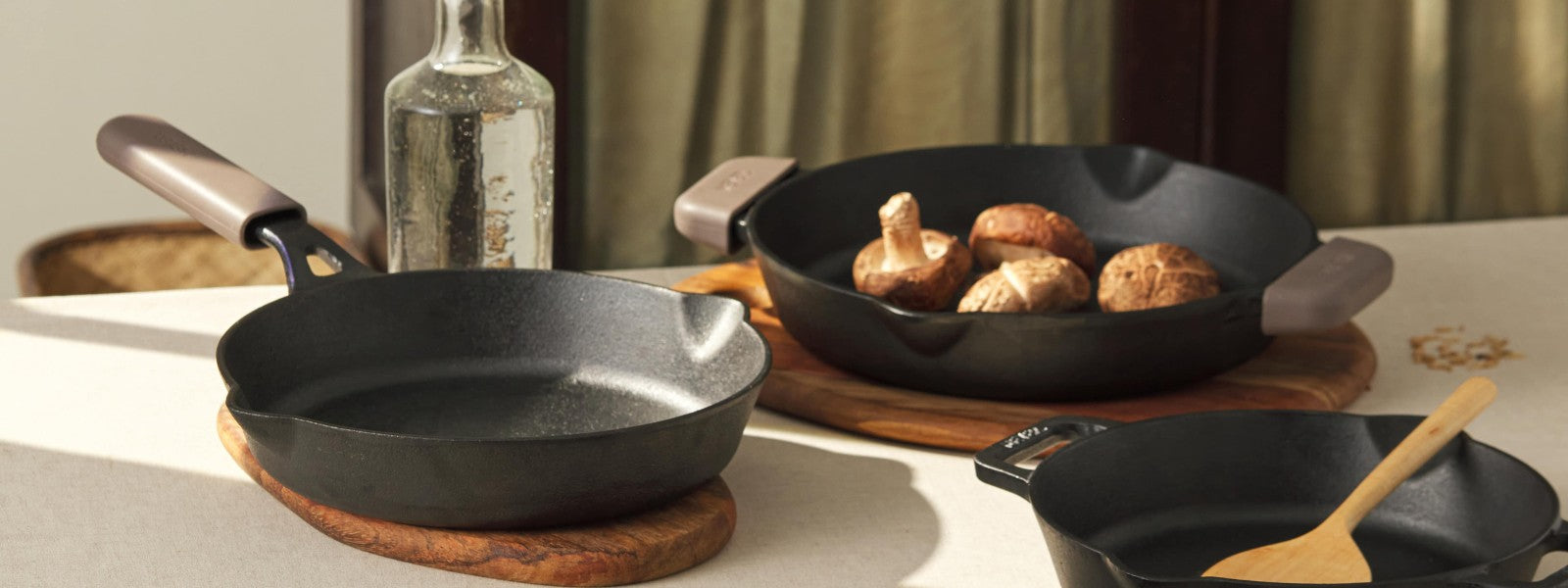
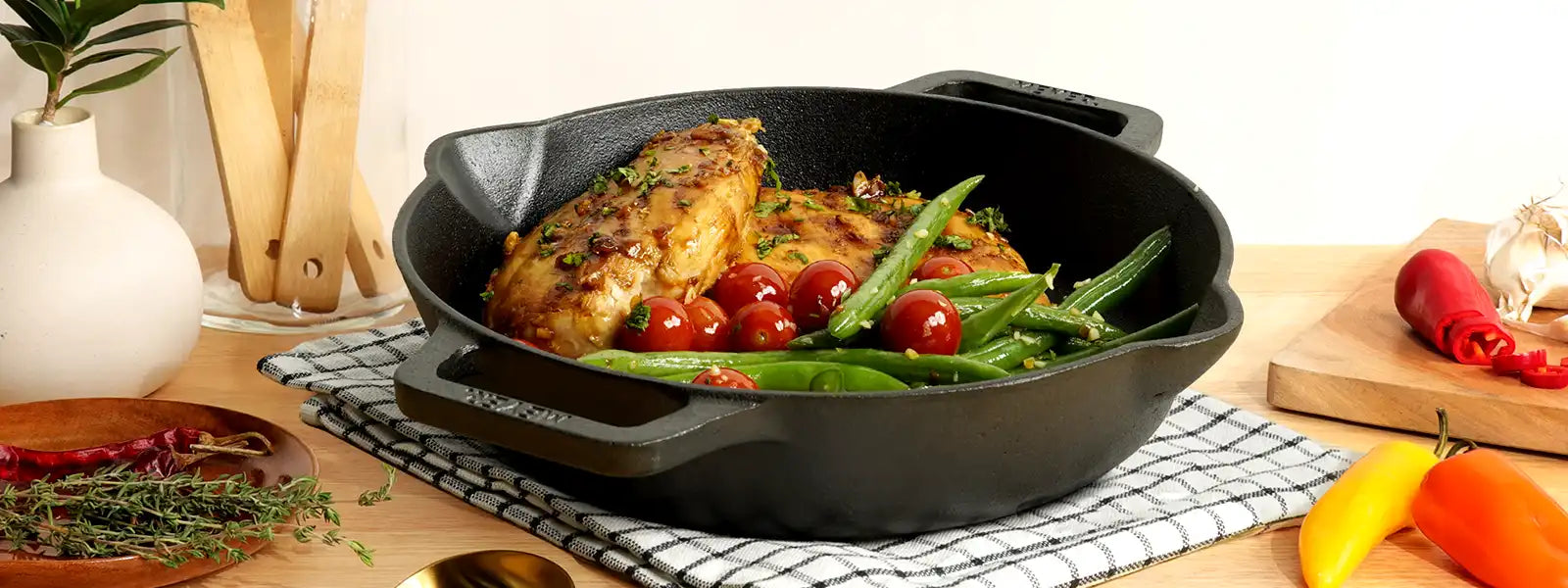
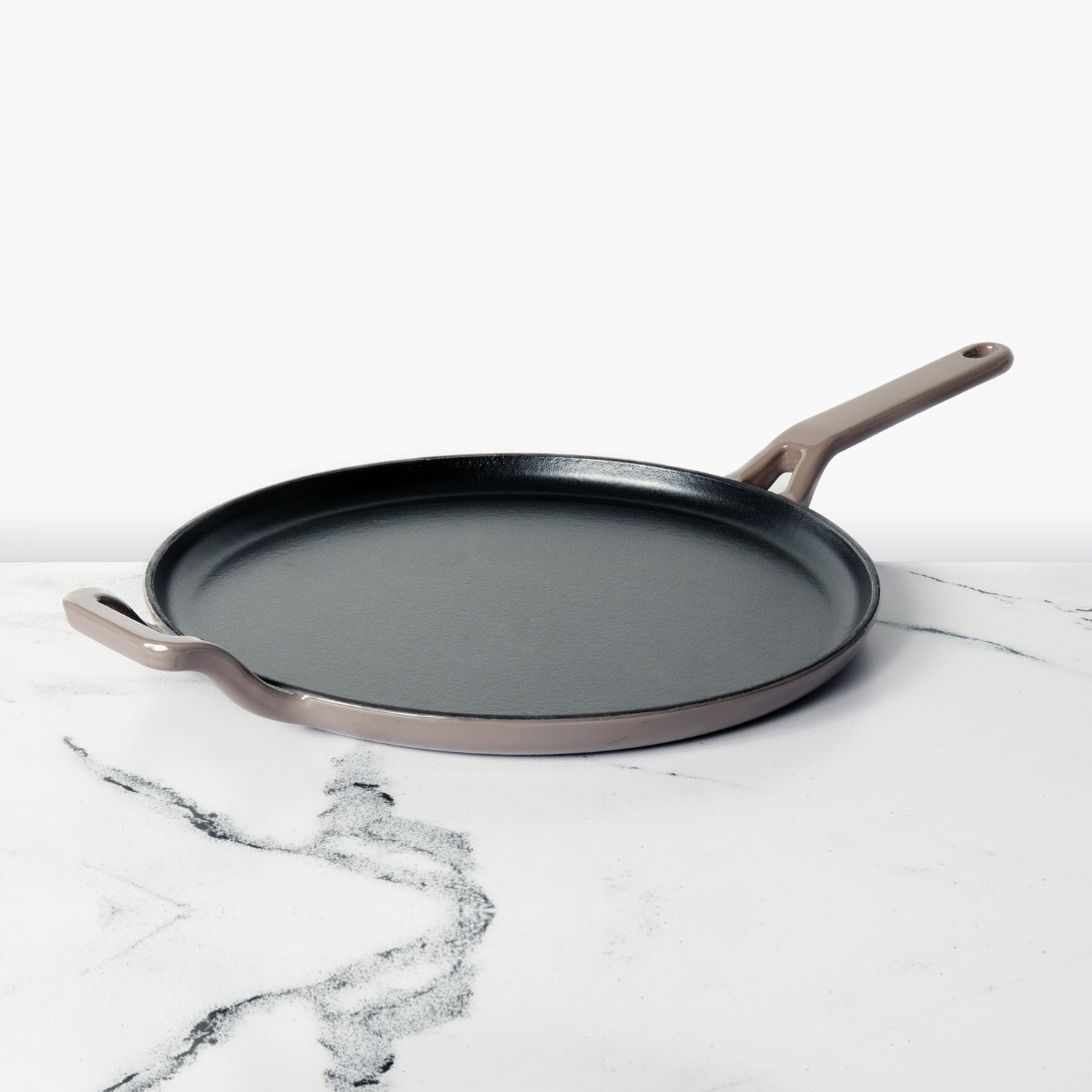





Leave a comment